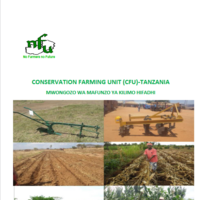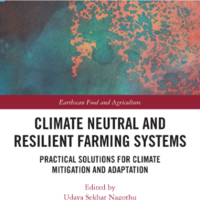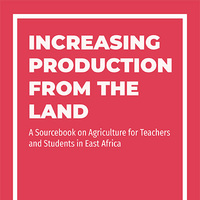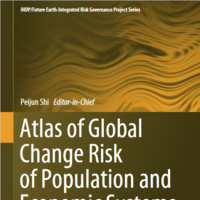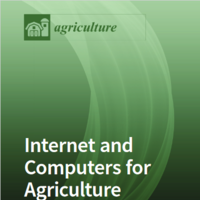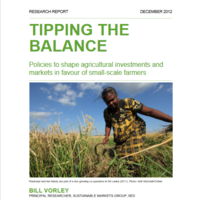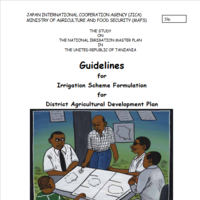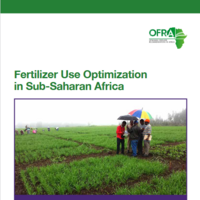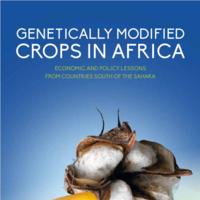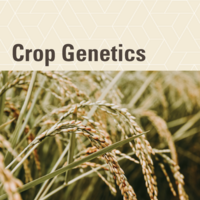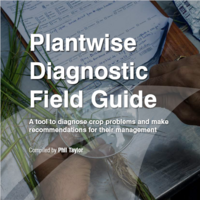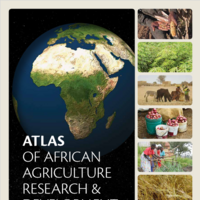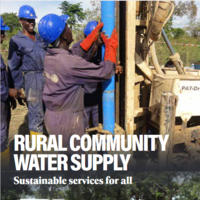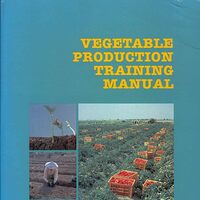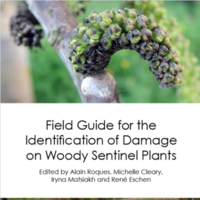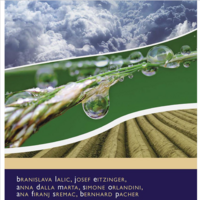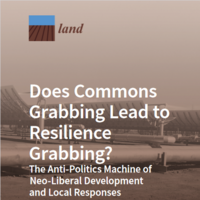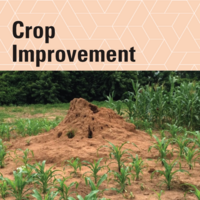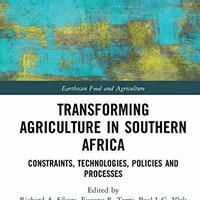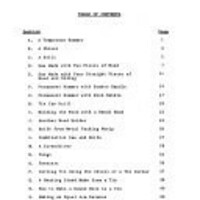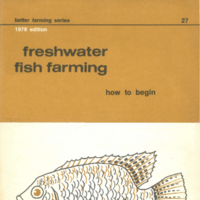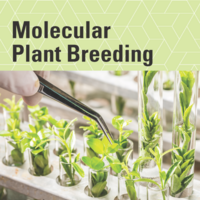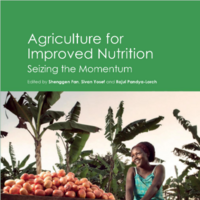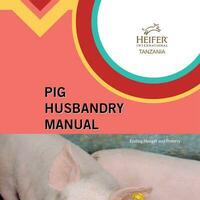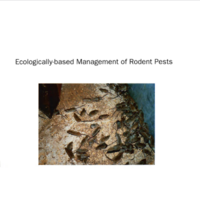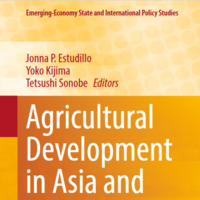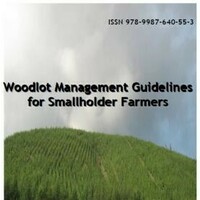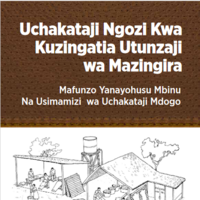Search
Books+
Searching 1,730 books
Search related to the career Agricultural Engineer
Assessing Potential Risks to Farming Operations
1. Identify Potential Risks:
Agricultural engineers start by identifying potential risks that could affect farming operations. These risks can include natural disasters, pests and diseases, market fluctuations, equipment failures, and environmental factors.
2. Collect Data:
They gather relevant data and information about the identified risks. This may involve studying historical weather patterns, analyzing market trends, examining pest and disease prevalence, and assessing the condition and performance of farming equipment.
3. Analyze Risks:
Agricultural engineers analyze the collected data to evaluate the likelihood and potential impact of each risk. They use statistical models, simulation tools, and expert knowledge to assess the risks and their potential consequences on farming operations.
4. Prioritize Risks:
Based on the analysis, agricultural engineers prioritize risks according to their severity and likelihood of occurrence. They determine which risks pose the greatest threat to the farming operations and require immediate attention.
5. Develop Risk Mitigation Strategies:
Agricultural engineers develop strategies to mitigate the identified risks. These strategies may involve implementing preventive measures, such as crop rotation or pest control methods, improving infrastructure resilience, diversifying markets, or adopting advanced technologies to enhance efficiency and productivity.
6. Implement Risk Management Plans:
Once risk mitigation strategies are developed, agricultural engineers work with farmers to implement risk management plans. They provide guidance on implementing preventive measures, monitoring systems, and contingency plans to minimize the impact of potential risks on farming operations.
7. Monitor and Evaluate:
Agricultural engineers continuously monitor and evaluate the effectiveness of risk management plans. They assess whether the implemented strategies are successfully reducing the identified risks and make adjustments as necessary.
8. Stay Informed:
To ensure ongoing risk assessment, agricultural engineers stay informed about emerging risks and advancements in agricultural technology. They keep up with industry trends, research findings, and regulatory changes to adapt risk management strategies accordingly.
By following these steps, agricultural engineers can effectively assess potential risks to farming operations and develop strategies to mitigate them, ultimately helping farmers maintain sustainable and profitable agricultural practices.
Source: Various AI tools
Agriculture
Books tagged agriculture
Searched in English.
